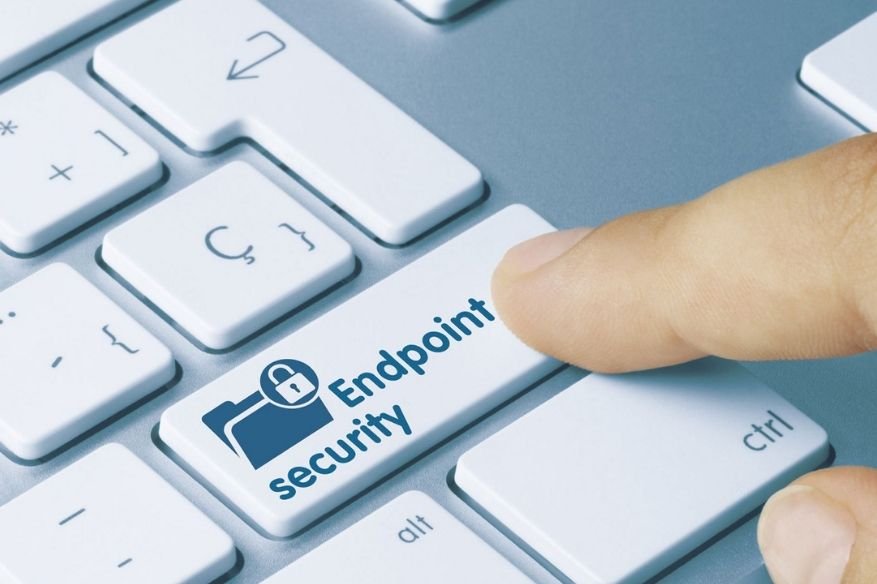The Right Protection For Your Endpoints

As companies look for an advanced next-generation security solution to protect their PCs, Macs, servers and mobile devices, they have many different vendors to choose from and also many questions. Can it prevent attacks? What kind of malware can it protect? What happens when a new malware comes? Will this solution help? How can I deploy it? Is the tool easy to manage? Will my endpoints protect my system inside and outside the corporate network?
To protect today’s evolving threat vector endpoints, endpoint security solutions must use technologies that have the capabilities to detect better, and whitelists to identify good and bad files. Endpoint protection should evolve towards a platform approach to prevent damage from known and unknown threats.
Prevention Capabilities
Prevention is your first line of defence. Preventing cyberattacks and blocking malware at point-of-entry in real time is essential. To ensure the best possible prevention, make sure your next-gen endpoint security solution provides the following:
Prevention is your first line of defence. Preventing cyberattacks and blocking malware is critical. For the best prevention, ensure that your next-generation Endpoint Security solution provides:
- AV Detection: The advanced Endpoint Security solution should do all the AV work and consolidate protection.
- Global Threat Intelligence: A team of threat hunters who identify the latest threats and zero days to protect it 24 hours a day, 7 days a week.
- Proactive protection: Identifies and corrects vulnerabilities, analyze them quickly and stops suspicious executions at low frequency.
Highlights of Gartner Report
- Importance of endpoint protection
- Verdict systems
- Beyond the sandbox
- Implementation of a zero trust environment
- Best practices for evaluating endpoint protection
Things to know
When organizations notice changes to features or processes that conflict with their current implementation, they should not simply ignore these changes just because “it always worked that way.” Policies and processes have been developed in many companies at a time when threats were different, and there were no mitigations.
Today, most endpoint providers use a standard-authorize approach. This means that only applications or executable that are considered malicious will be blocked from running on an endpoint. Changing the default permission architecture for zero trusts can help prevent unknown threats from corrupting endpoints.
Also, Read
How to Choose the Best Endpoint Protection Software in 2019?